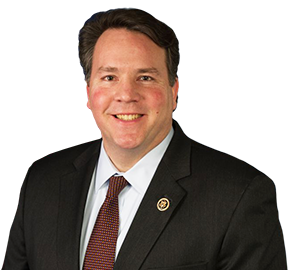WASHINGTON — Representatives and direct Taxes shall be apportioned among the several States which may be included within this Union, according to their respective Numbers. … The actual Enumeration shall be made within three Years after the first Meeting of the Congress of the United States, and within every subsequent Term of ten Years, in such Manner as they shall by Law direct.
The decennial U.S. Census and its role in determining how many members of the House of Representatives represent each state is a duty outlined at the very beginning of the U.S. Constitution — Article I, Section 2.
While a great many decisions are made based on the count provided by the U.S. Census Bureau every 10 years, the congressional apportionment sits at the forefront, dividing 435 representatives to accurately reflect distribution of what is now known to be more than 331 million people living in the United States.
Fewer Seats,
Fewer People for W.Va.
The 2020 Census was noteworthy in part for its relative lack of change for the House, acting Census Bureau Director Dr. Ron S. Jarmin noted during the announcement of the results April 26.
“(2020’s) is the smallest number of seats shifting among the states in any decade since the current method of calculating apportionment was adopted in 1941,” Jarmin said.
A total of seven seats shifted, each from a different state and going to six others — Texas got two new seats.
West Virginia is joined by California, Illinois, Michigan, New York, Ohio and Pennsylvania in losing a seat.
Along with Texas’ two, Colorado, Florida, Montana, North Carolina and Oregon will each gain a seat.
The move will take West Virginia down to just two representatives in the House, meaning the state will have a total of four members in Congress. It also means that for presidential elections this decade, the state will only have four votes in the Electoral College.
While not all states that lost seats saw drops in population in the past decade, and not every state that lost population lost a seat, West Virginia did lose a significant amount of population between the 2010 and 2020 Census counts.
As of the 2020 Census, the state’s resident population is 1,793,716. This represents a decrease of 3.2% from the 2010 population of 1,852,994.
West Virginia saw the biggest percentage decrease among the states. The other two states with decreases were Mississippi, which lost 0.2% of its 2010 population, and Illinois, which lost 0.1% of its 2010 population
By contrast, Utah saw the biggest proportional increase to its population, growing by 18.4%. Other states with high growth were Idaho, with a growth of 17.3%, and Texas, with a growth of 15.9%.
The national rate was a growth of 7.4%.
How Did We Get Here?
For the first half of the 20th century, West Virginia had six representatives in the lower chamber of Congress, enjoying a steady growth in its population from 1910 to 1950, according to data from the U.S. Census Bureau.

